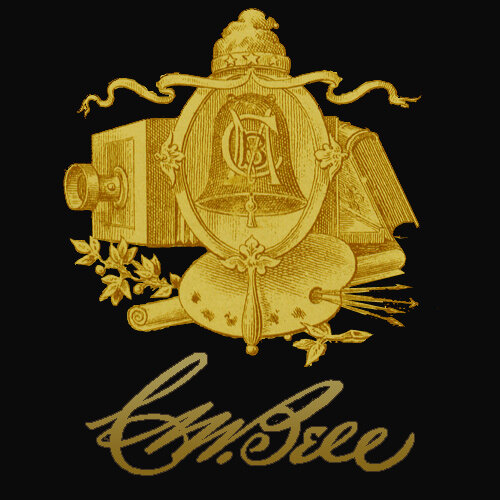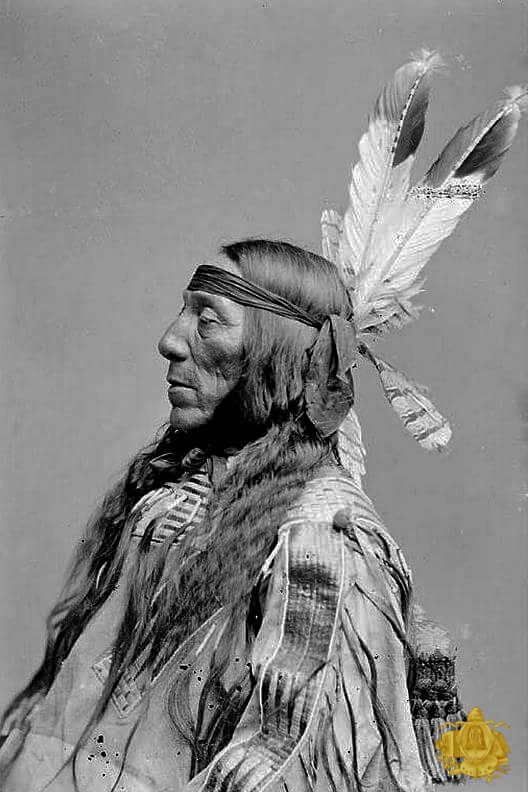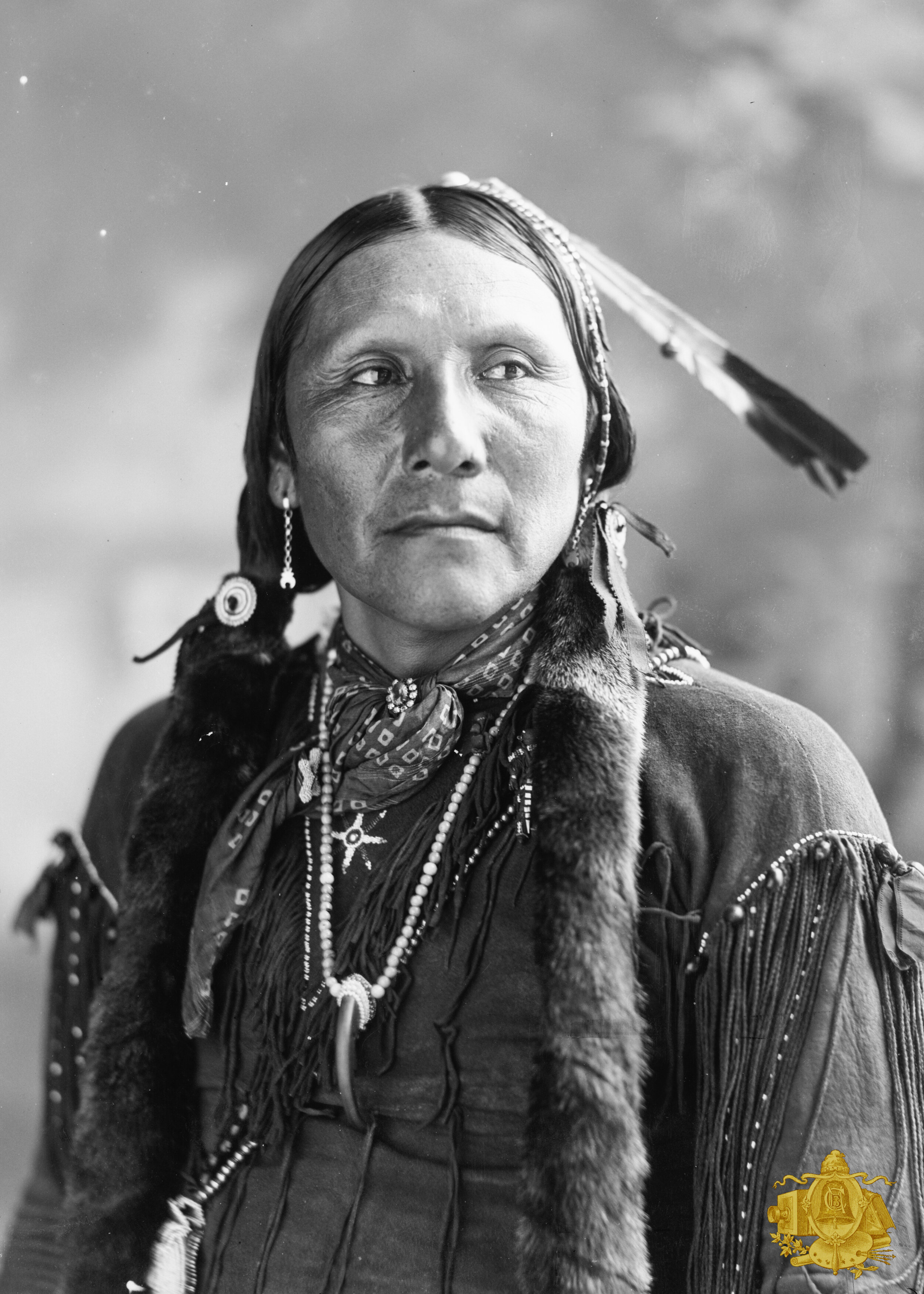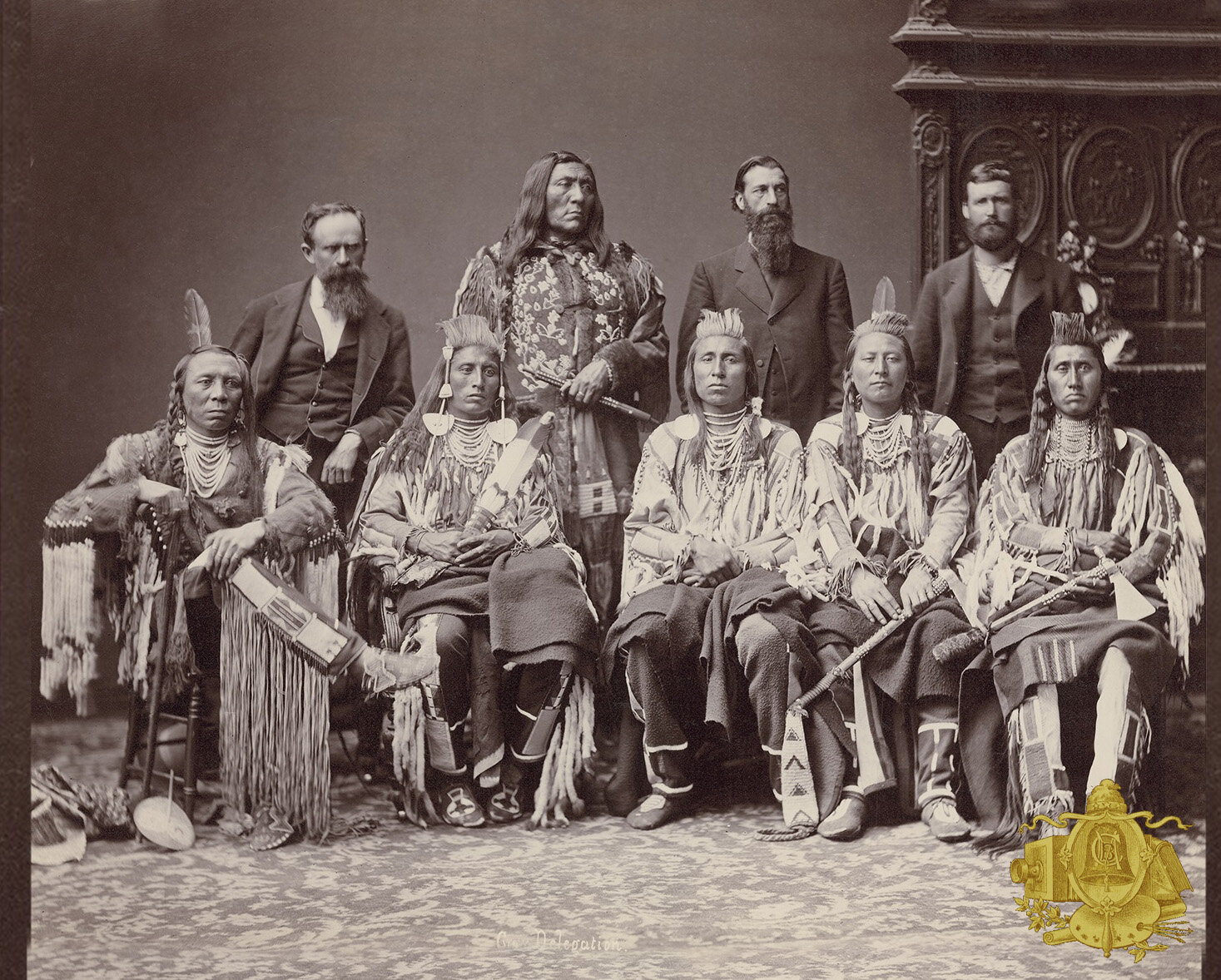

Faces of a Nation
Charles Milton Bell is perhaps best remembered today for his extensive collection of Native American photographs, a project he embarked upon in 1873. At that time, Ferdinand V. Hayden, director of the United States Geological Survey of the Territories, enlisted Bell to continue an initiative aimed at photographing Native American dignitaries visiting Washington, D.C., during a period marked by significant treaty negotiations. Visiting Bell's studio became a customary honor for cooperative chiefs, allowing their portraits to be captured for posterity. Prior to Bell's involvement, photographers such as Alexander Gardner, A. Zeno Shindler, and brothers Julius and Henry Ulke had contributed to this endeavor. Charles Milton Bell is best known today for his extensive collection of Native American photographs, a project he began in 1873. At that time, Ferdinand V. Hayden, the director of the United States Geological Survey of the Territories, enlisted Bell to continue an initiative focused on photographing Native American dignitaries visiting Washington, D.C., during a significant period of treaty negotiations. Visiting Bell's studio became a customary honor for cooperative chiefs, allowing their portraits to be captured for posterity. Before Bell's involvement, photographers such as Alexander Gardner, A. Zeno Shindler, and brothers Julius and Henry Ulke had already contributed to this initiative.
When Hayden's collection of negatives was transferred to the Smithsonian Institution's Bureau of American Ethnology in 1879, Bell's expertise remained invaluable. He produced photographs that served as foundational illustrations for Garrick Mallery's significant work, "Sign Language among North American Indians," which was featured in the Bureau's first annual report for 1879-1880. Bell's portraits not only documented the faces of these Native American leaders but also played a crucial role in preserving aspects of their cultural heritage during a transformative era in American history.Charles Milton Bell is best known today for his extensive collection of Native American photographs, a project he began in 1873. At that time, Ferdinand V. Hayden, the director of the United States Geological Survey of the Territories, enlisted Bell to continue an initiative focused on photographing Native American dignitaries visiting Washington, D.C., during a significant period of treaty negotiations. Visiting Bell's studio became a customary honor for cooperative chiefs, allowing their portraits to be captured for posterity. Before Bell's involvement, photographers such as Alexander Gardner, A. Zeno Shindler, and brothers Julius and Henry Ulke had already contributed to this initiative.
Geo. Deerhorn
Peelatchixaaliash
Wah Shem Gah
Bahbeskeit
Standing on the Prairie
Bia Eélisaash
Fire Lightning
Unidentified Native American
Little Big Man
Big Road
Fox
BLue Hair
Photographer Edward Curtis | Learn more
Walking Cloud
Unidentified Native American
Juanita, Wife of Navajo Chief Manuelito
Red Cloud | Click to learn more
Full delegation of Sioux Indians, 1891
Left to Right | LongHorse, Blackhorse, WhiteHorse
Otoe Delegation
Spotted Elk
Big Road
Young Man Afraid of His Horses
Unidentified Native American
Unidentified Native American
Wah Shem Gah
Geo. Deerhorn
Shontona
Waulicomo
Deroin & Whitewater
Two Moons
Sioux chiefs visiting Washington, October 13, 1888
Sioux chiefs to ratify the sale of lands in South Dakota, 1889
Delegation of Sioux Indians, 1891
Unidentified Native American
Ale Ko
Apsáalooke Delegation
Alaxchiiaahush
Chief Joseph
Crow Delegation, 1880
Déaxitchish
Déaxitchish Profile
Peelatchiwaaxpáash
Peelatchixaaliash
Red Cloud
"I have tried to get from my Great Father what is right and just," exclaimed Red Cloud to government officials after his first trip to Washington D.C. in 1870. Two years earlier, the celebrated Lakota leader had forced U.S. authorities to abandon a series of newly constructed forts meant to protect settlers moving across traditional Native lands. Beginning in 1870, however, Red Cloud would choose diplomacy, not warfare, to protect the Lakota's land base and ensure the tribe's political and cultural independence. Although the westward migration of American settlers would continue mostly unabated, Red Cloud remained dedicated to the future welfare of the Lakota, meeting with five different U.S. presidents over a period of thirty years. Washington photographer Charles M. Bell seated Red Cloud next to a paper-mâché rock and a painted seascape backdrop for this portrait taken during one of his many trips to the nation's capital.
The Smithsonian















































